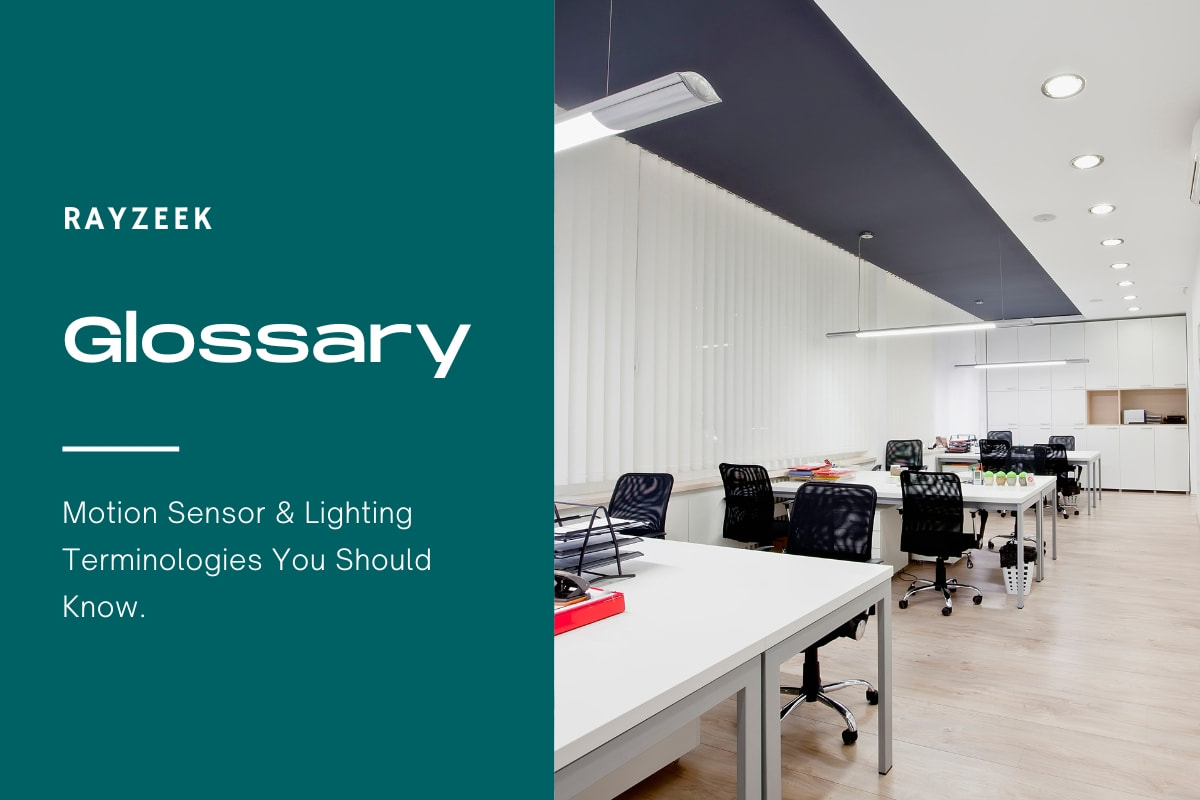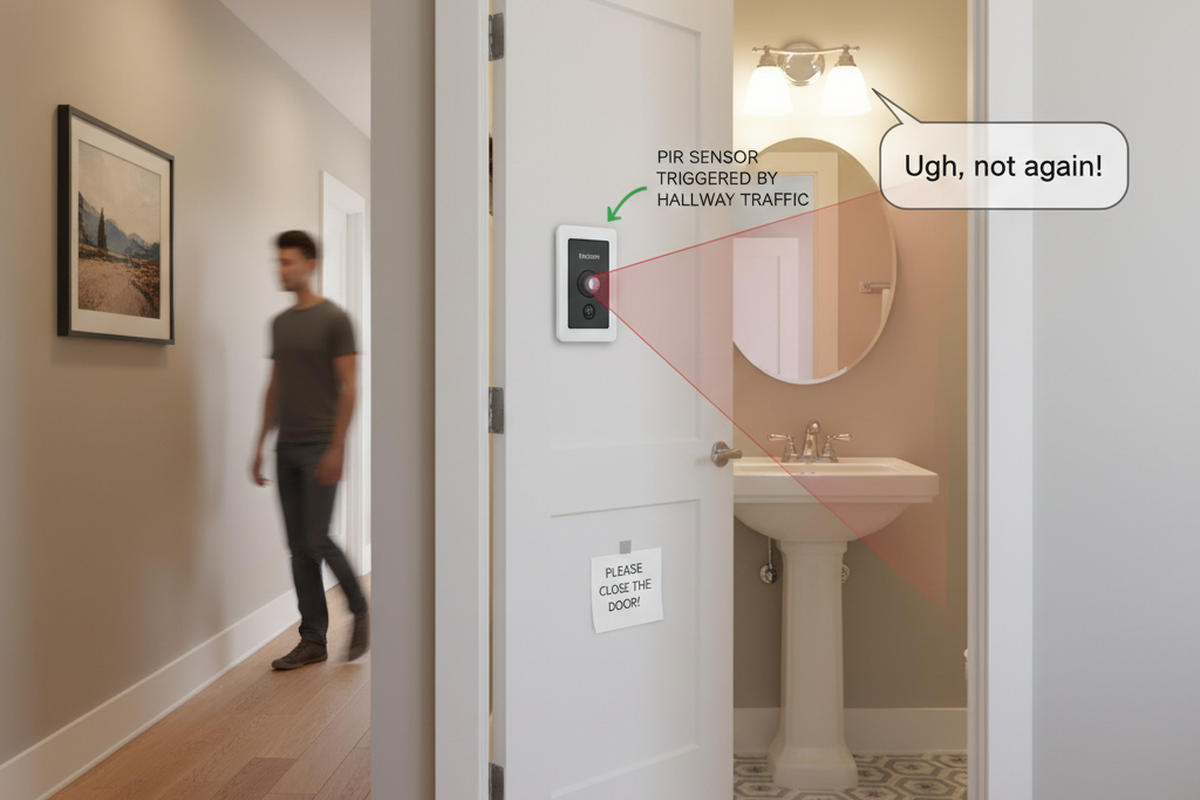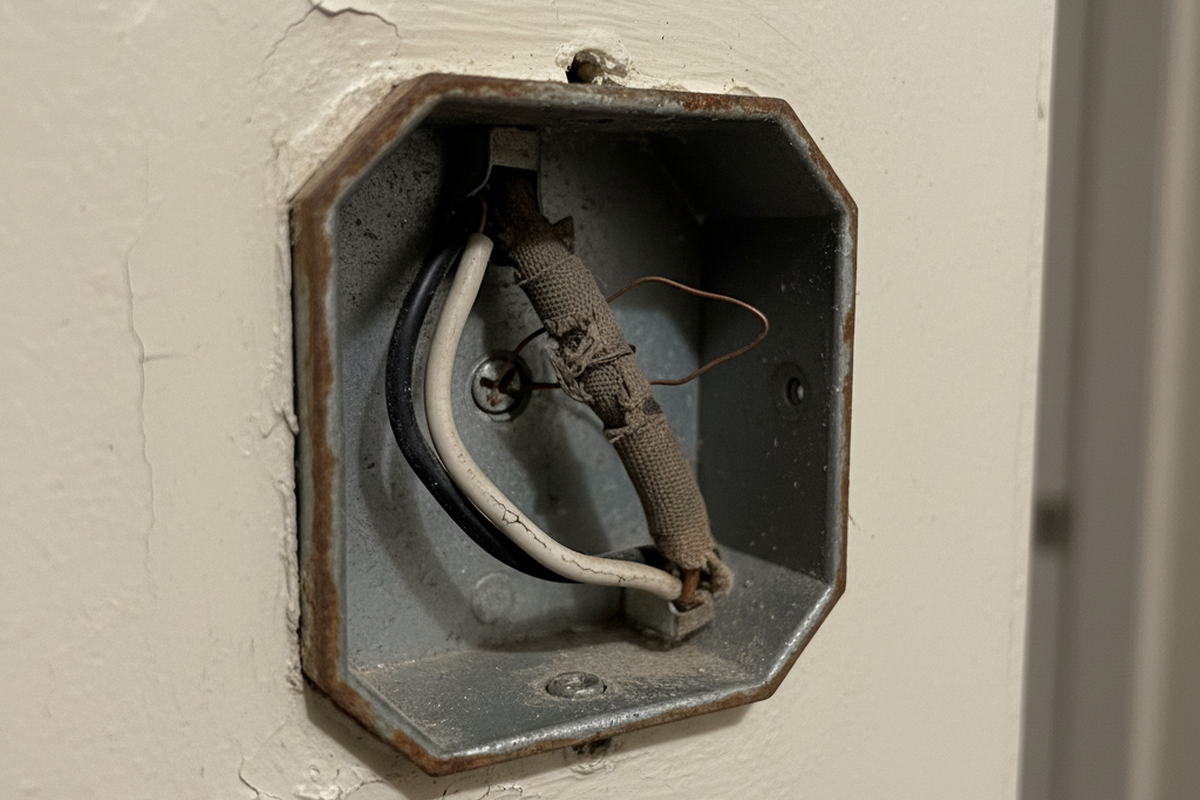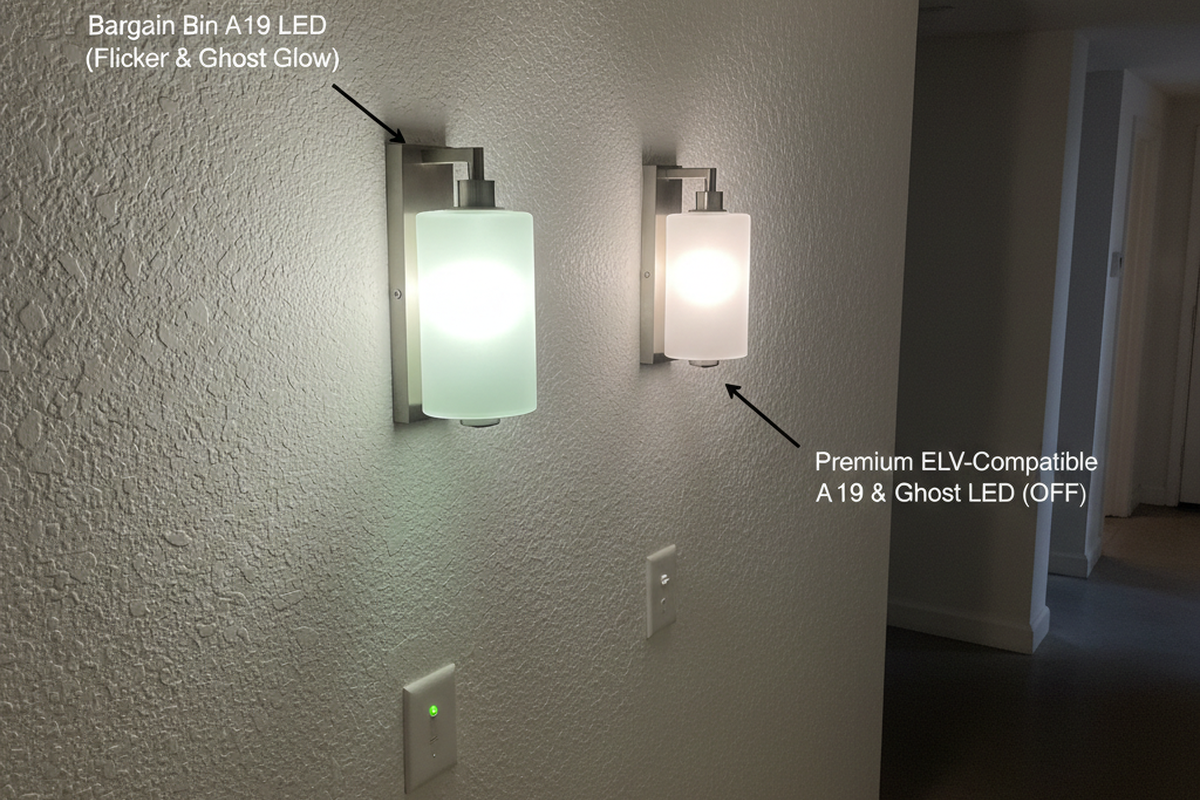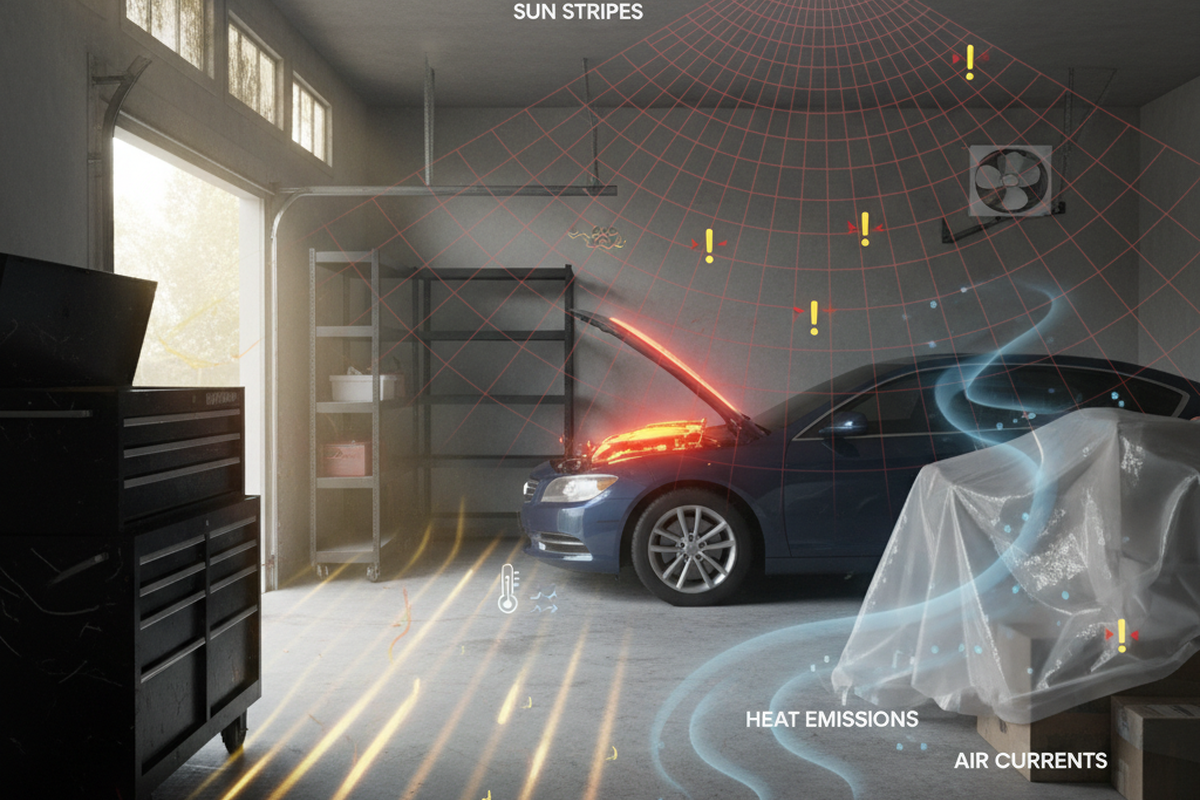What is Flux
Flux, in the context of the lighting industry, specifically refers to luminous flux or light flux. It is a fundamental concept used to measure the total amount of visible light emitted by a light source per unit of time. Luminous flux is typically quantified in lumens (lm), which is a unit of measurement representing the amount of visible light perceived by the human eye.
Maybe You Are Interested In
Luminous flux plays a crucial role in evaluating the performance and efficiency of light sources. It takes into account the sensitivity of the human eye to different wavelengths of light, allowing for a more accurate representation of the perceived brightness. This means that light sources with varying spectral distributions can have the same luminous flux if they produce an equivalent amount of visible light.
Luminous flux is an essential parameter in lighting design. It helps determine the appropriate amount of light required for a specific application, ensuring optimal illumination levels. Additionally, luminous flux is utilized in calculating the luminous efficacy of a light source, which measures its efficiency in converting electrical power into visible light.
Get Inspired by Rayzeek Motion Sensor Portfolios.
Doesn't find what you want? Don't worry. There are always alternate ways to solve your problems. Maybe one of our portfolios can help.
Frequently Asked Questions
Does Higher Watts Mean Brighter Light
A standard 40W bulb produces around 400 lumens, indicating its brightness level. Generally, increasing the wattage results in higher lumens and a greater amount of light emitted.
How Many Lux Is a Lumen
One lumen is equivalent to one lux when it is spread over an area of one square meter.
Is Higher Luminous Flux Better
Consumers often compare the luminous flux of various light bulbs as it gives an indication of the perceived amount of light the bulb will emit. In terms of efficiency, a lightbulb that has a higher luminous flux to consumed power ratio is considered more efficient.

